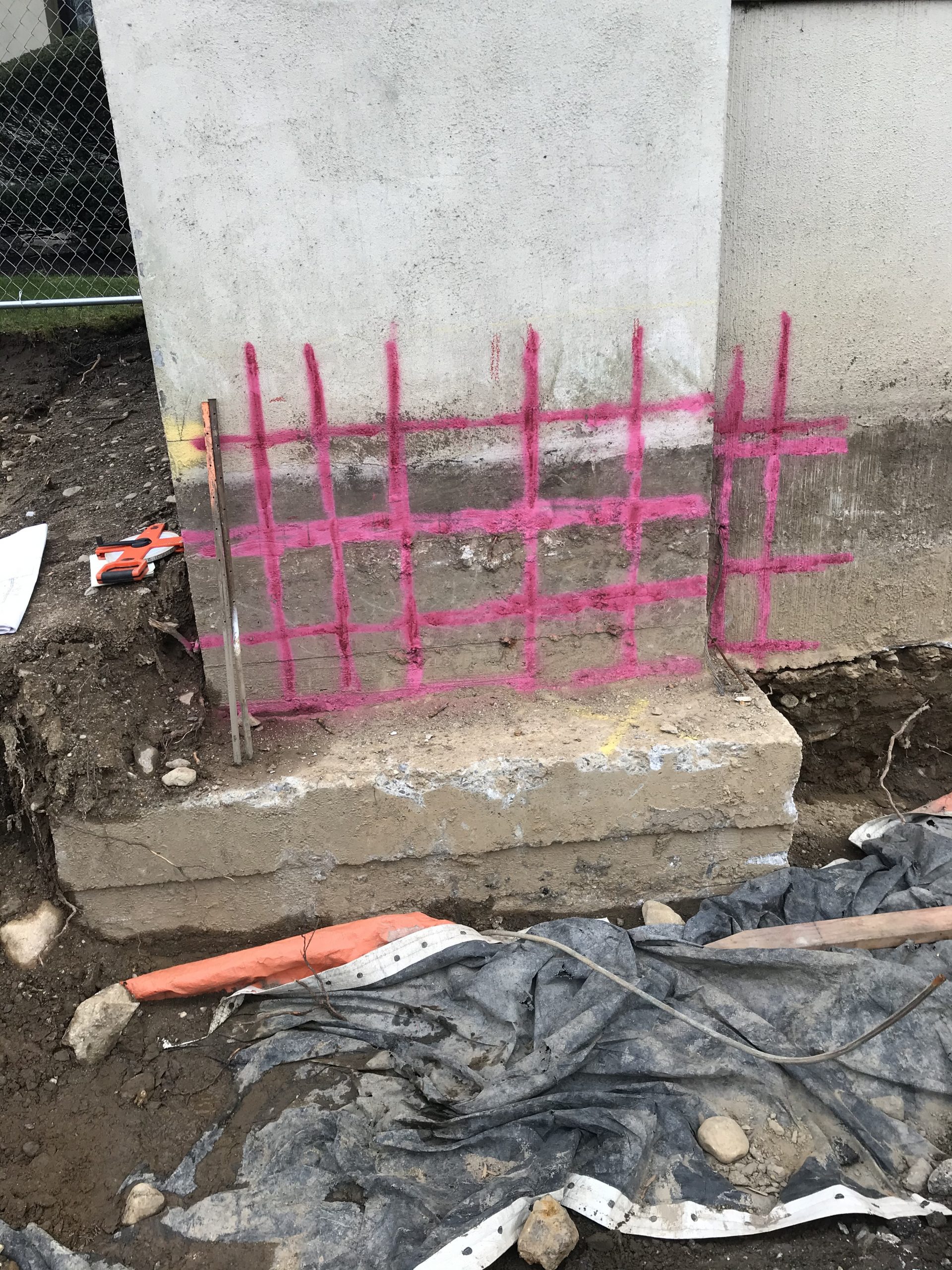RainierGPR Service Areas: Comprehensive Insurance Coverage for Concrete Scanning
RainierGPR Service Areas: Comprehensive Insurance Coverage for Concrete Scanning
Blog Article
Concrete Scanning: An Important Step Towards Guaranteeing Structural Integrity and Safety And Security
In the world of building and framework maintenance, the importance of concrete scanning can not be overemphasized. This careful process holds the vital to introducing prospective hazards concealed below the surface area of seemingly strong structures. By using innovative innovation and methodologies, concrete scanning acts as a pivotal tool in making certain that the stability and safety and security of bridges and structures are promoted to the greatest standards. Nonetheless, beyond its surface-level ramifications, the role of concrete scanning prolongs far much deeper than satisfies the eye.
Relevance of Concrete Scanning
Concrete scanning plays an essential function in ensuring the structural integrity and safety and security of buildings and facilities jobs. By using innovative modern technologies such as ground-penetrating radar (GPR) and electromagnetic induction, experts can non-destructively check concrete structures to find possible defects, spaces, ingrained objects, and reinforcement design. This procedure makes it possible for early discovery of anomalies that might jeopardize the security of a structure, avoiding expensive damages and ensuring the safety and security of occupants.
Before drilling, reducing, or coring into concrete, scanning aids determine the accurate areas of rebar, post-tension cords, and other ingrained elements, lowering the risk of accidental hits that might lead to architectural weaknesses. In addition, concrete scanning help in high quality control by validating the density of concrete covers and finding any type of disparities that may influence the general sturdiness of the structure.
Technology for Concrete Examination

Benefits of Early Detection
Prompt discovery of architectural concerns can significantly mitigate risks and make sure the long life of construction projects. By recognizing possible troubles at an early stage in the building and construction procedure, stakeholders can take aggressive actions to resolve problems before they escalate into bigger and extra expensive issues. One of the key benefits of very early discovery is the avoidance of architectural failures, which can position serious safety dangers and result in project hold-ups and monetary losses.
Furthermore, early detection enables prompt repair work and maintenance, which can help extend the life-span of the structure. By addressing concerns without delay, building and construction teams can avoid pricey repair services or even the requirement for premature substitute of structural parts. This positive strategy not just saves time and cash but likewise enhances the general safety and durability of the construction task.
In addition, early discovery can improve task preparation and decision-making by offering stakeholders with beneficial insights right into the condition of the structure. Equipped with this information, job supervisors can make informed selections relating to building and construction techniques, products, and timelines, causing extra effective and effective job end results.
Guaranteeing Architectural Stability
Making certain the architectural security of a building and construction task is critical to its security and longevity. Concrete scanning plays an important function in guaranteeing architectural security by discovering prospective issues such as voids, delamination, or support rust that can endanger the stability of the structure over time.
By using sophisticated scanning innovations like ground-penetrating radar (GPR) and electromagnetic induction, construction specialists can non-invasively inspect concrete structures to recognize areas of issue beneath the surface area. This proactive strategy enables for the early discovery of flaws or weak points, making it possible for timely repairs or reinforcement to avoid structural failings.
Regular concrete scanning throughout why not find out more different building phases and throughout the life process of a structure can aid preserve its stability, minimize threats, and ensure the safety and security of residents. By prioritizing architectural stability via concrete scanning, building tasks can boost their durability and sturdiness, inevitably adding to better safety and long life.
Stopping Critical Failings
To safeguard against devastating occasions, precise surveillance and proactive upkeep are necessary in preventing essential failures within architectural structures. Identifying potential concerns before they intensify is vital to avoiding architectural failures. Carrying out regular inspections, such as concrete scanning, can expose hidden flaws like gaps, cracks, or corrosion that might jeopardize the honesty of a structure. By utilizing sophisticated scanning modern technologies like Ground Penetrating Radar (GPR) or Concrete X-ray, engineers can non-destructively evaluate the condition of concrete and determine weak factors that call for reinforcement or repair service you can find out more - RainierGPR Service Areas.

Conclusion
To conclude, concrete scanning plays a vital function in making sure architectural honesty and safety and security by making use of sophisticated innovation for early discovery of prospective issues. This proactive approach aids stop essential failings and ensures the security of frameworks. It is necessary to focus on concrete evaluation as a conventional practice to shield the durability and safety of structures and over here facilities.
Concrete scanning plays an important role in guaranteeing the architectural integrity and safety and security of structures and infrastructure tasks. Additionally, concrete scanning help in quality control by verifying the density of concrete covers and spotting any discrepancies that may affect the total durability of the structure. Concrete scanning plays an essential role in ensuring architectural stability by discovering potential problems such as voids, delamination, or reinforcement deterioration that could compromise the stability of the framework over time.

In final thought, concrete scanning plays an important function in making sure structural integrity and safety by making use of innovative modern technology for very early detection of potential issues.
Report this page